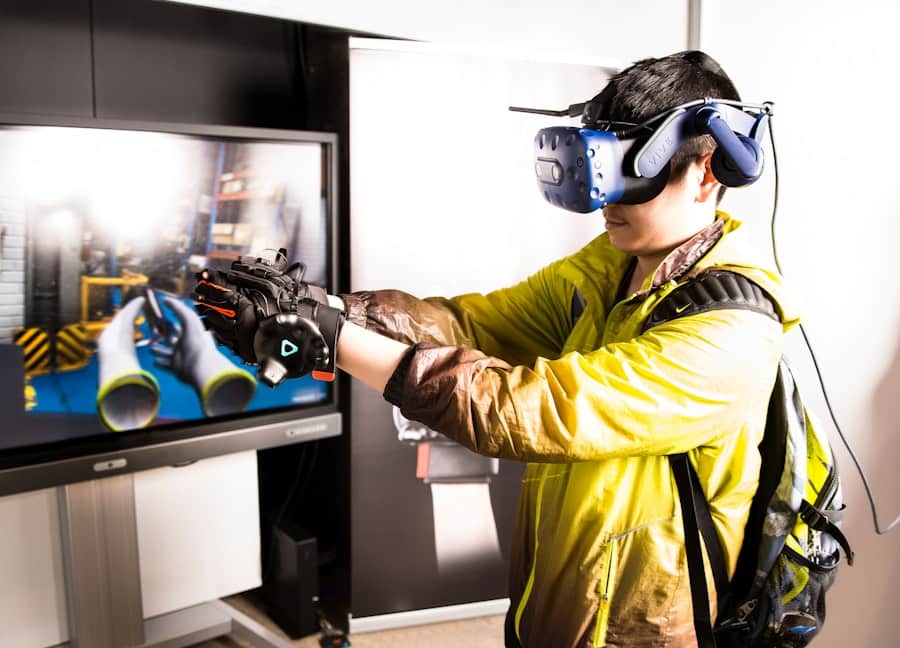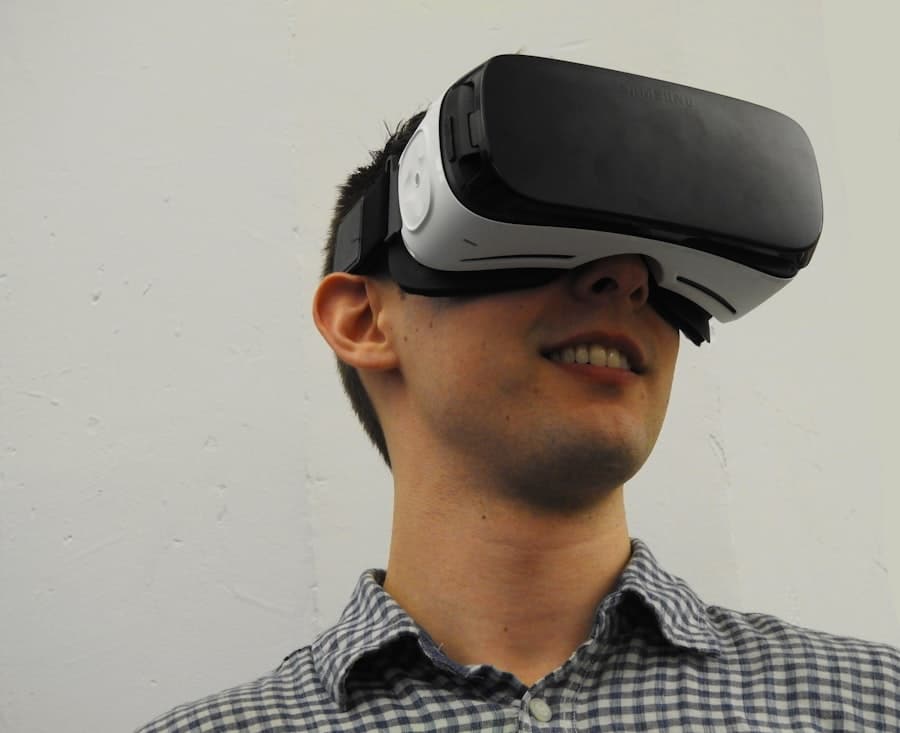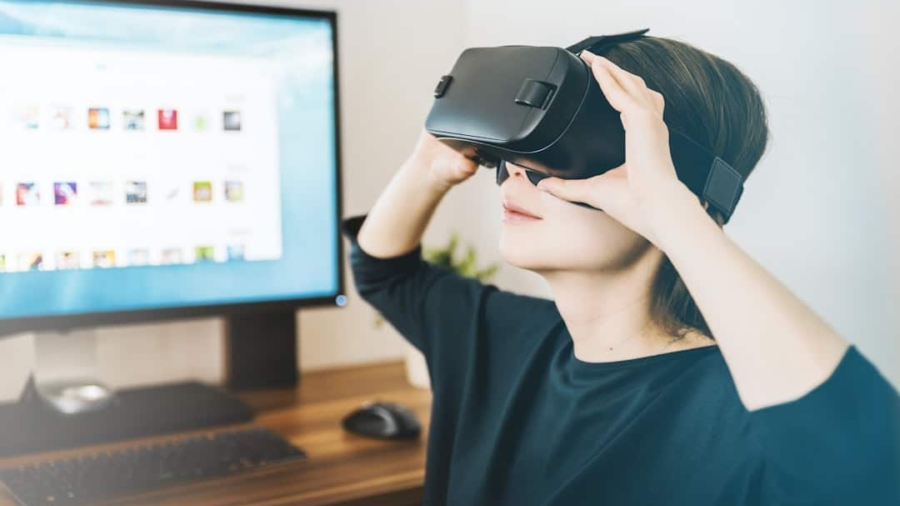Immobile users face a myriad of challenges that significantly impact their daily lives. These challenges can stem from various conditions, including physical disabilities, chronic illnesses, or age-related mobility issues. The limitations imposed by these conditions often restrict access to physical spaces, social interactions, and recreational activities that many take for granted.
For instance, a person confined to a wheelchair may find it difficult to navigate public spaces that lack proper accessibility features, such as ramps or elevators. This physical barrier can lead to feelings of isolation and frustration, as the world outside their immediate environment becomes increasingly inaccessible. Moreover, the psychological implications of immobility can be profound.
Many immobile individuals experience a sense of disconnection from their communities and the broader world. This disconnection can exacerbate feelings of loneliness and depression, as they may miss out on experiences that foster social engagement and personal growth. The limitations of immobility are not merely physical; they extend into emotional and social realms, creating a complex web of challenges that require innovative solutions.
Key Takeaways
- Immobile users face limitations in physical mobility, making it difficult for them to access traditional forms of entertainment and exploration.
- Virtual reality offers immobile users the opportunity to experience new places and activities from the comfort of their own homes, providing a sense of freedom and independence.
- Designing accessible virtual tours for immobile users requires careful consideration of user interface, navigation, and sensory input to ensure a seamless and enjoyable experience.
- Technical challenges in creating VR tours for immobile users include optimizing for different devices, addressing motion sickness, and ensuring compatibility with assistive technologies.
- Inclusivity and accessibility in VR tours for immobile users are essential for providing equal opportunities for exploration and enjoyment.
- VR tours have the potential to significantly improve the lives of immobile users by offering them a means of escape, education, and social interaction.
- Collaborating with immobile users in the creation of VR tours is crucial for understanding their needs and preferences, and ensuring that the experiences are truly tailored to their requirements.
- The future of VR in providing accessible virtual tours for immobile users holds great promise, with advancements in technology and design leading to even more immersive and inclusive experiences.
The Benefits of Virtual Reality for Immobile Users
Virtual reality (VR) offers transformative potential for immobile users by providing immersive experiences that transcend physical limitations. One of the most significant benefits of VR is its ability to create simulated environments that allow users to explore places they may never physically visit. For instance, a person with limited mobility can experience a virtual tour of the Louvre Museum in Paris or take a stroll through the serene landscapes of a national park, all from the comfort of their home.
This capability not only satisfies curiosity but also fosters a sense of adventure and exploration that might otherwise be unattainable. Additionally, VR can serve as a powerful tool for social interaction among immobile users. Many VR platforms facilitate multi-user experiences, enabling individuals to connect with friends or family members in virtual spaces.
This social aspect can help combat feelings of isolation by allowing users to engage in shared experiences, such as attending virtual concerts or participating in interactive games. The ability to interact with others in a virtual setting can significantly enhance emotional well-being, providing a sense of community and belonging that is often lacking in the lives of immobile individuals.
Designing Accessible Virtual Tours for Immobile Users

Creating accessible virtual tours for immobile users requires careful consideration of various design elements to ensure an inclusive experience. One critical aspect is the user interface (UI), which should be intuitive and easy to navigate. Designers must prioritize accessibility features such as voice commands, customizable controls, and clear visual cues to accommodate users with varying levels of technological proficiency.
For example, incorporating voice recognition technology allows users with limited dexterity to control their virtual experience without needing traditional input devices like keyboards or mice. Furthermore, the content of virtual tours should be tailored to meet the diverse needs of immobile users. This includes providing alternative formats for information delivery, such as audio descriptions for visually impaired users or sign language interpretation for those who are deaf or hard of hearing.
Additionally, incorporating interactive elements can enhance engagement; for instance, allowing users to manipulate 3D models or participate in guided tours led by virtual avatars can create a more immersive experience. By focusing on these design principles, developers can create virtual tours that are not only accessible but also enjoyable for immobile users.
Overcoming Technical Challenges in Creating VR Tours for Immobile Users
While the potential benefits of VR for immobile users are significant, several technical challenges must be addressed to create effective virtual tours. One major hurdle is ensuring compatibility across various devices and platforms. Immobile users may have different access to technology, ranging from high-end VR headsets to more basic smartphones capable of running mobile VR applications.
Developers must strive to create experiences that are adaptable and functional across a wide range of devices without compromising quality. Another challenge lies in the development of realistic and engaging content that accurately represents physical spaces. Capturing high-quality 360-degree imagery or 3D models requires advanced equipment and expertise in photogrammetry or 3D rendering techniques.
Additionally, ensuring that these virtual environments are not only visually appealing but also functionally accurate is essential for creating an authentic experience. This may involve extensive testing and iteration to refine the user experience and address any technical glitches that could detract from immersion.
Ensuring Inclusivity and Accessibility in VR Tours
Inclusivity and accessibility are paramount when designing VR tours for immobile users. Developers must adopt a holistic approach that considers the diverse needs of potential users from the outset. This includes engaging with immobile individuals during the design process to gather insights into their specific requirements and preferences.
By involving users in co-design workshops or focus groups, developers can gain valuable feedback that informs design decisions and ensures that the final product meets their needs.
This includes adhering to guidelines such as the Web Content Accessibility Guidelines (WCAG) to ensure that virtual tours are usable by individuals with various disabilities.
Features such as adjustable text sizes, color contrast options, and keyboard navigation should be standard practice in VR design. By prioritizing inclusivity and accessibility, developers can create virtual tours that empower immobile users rather than marginalizing them.
The Impact of VR Tours on the Lives of Immobile Users

Expanding Horizons
For many individuals who are unable to travel due to physical limitations, virtual tours can serve as a gateway to new experiences and knowledge. For example, students with mobility challenges can participate in virtual field trips that allow them to explore historical sites or natural wonders without leaving their classrooms or homes.
A Therapeutic Escape
VR tours can also play a therapeutic role in the lives of immobile users. Research has shown that immersive experiences can reduce feelings of anxiety and depression by providing an escape from daily challenges. For instance, a person recovering from surgery may find solace in a calming virtual environment that simulates a peaceful beach or forest setting.
Promoting Relaxation and Well-being
These experiences can promote relaxation and mental well-being, highlighting the therapeutic potential of VR technology for those facing mobility challenges.
Collaborating with Immobile Users in the Creation of VR Tours
Collaboration with immobile users is essential for creating effective and meaningful VR tours. By actively involving this demographic in the design process, developers can ensure that their perspectives and needs are adequately represented. This collaboration can take various forms, including user testing sessions where individuals provide feedback on prototypes or co-creation workshops where they contribute ideas for content and features.
Such collaboration not only enhances the quality of the final product but also fosters a sense of ownership among users. When immobile individuals see their input reflected in the final design, it validates their experiences and empowers them as active participants in shaping technology that affects their lives. This participatory approach can lead to more innovative solutions that address specific challenges faced by immobile users while also promoting inclusivity within the tech development community.
The Future of VR in Providing Accessible Virtual Tours for Immobile Users
The future of virtual reality holds immense promise for enhancing accessibility for immobile users through innovative technologies and design practices. As advancements in VR hardware continue to evolve, we can expect more affordable and user-friendly devices that cater specifically to individuals with mobility challenges. This democratization of technology will enable a broader audience to access immersive experiences without being hindered by financial constraints or technical barriers.
Moreover, ongoing research into user experience design will likely yield new insights into how best to engage immobile users in virtual environments. As developers continue to prioritize inclusivity and accessibility, we may see an increase in collaborative projects that bring together technologists, designers, healthcare professionals, and immobile individuals themselves to create tailored solutions that address specific needs. The integration of artificial intelligence could further enhance these experiences by personalizing content based on user preferences or adapting environments in real-time based on individual capabilities.
In conclusion, as we look toward the future, it is clear that virtual reality has the potential to revolutionize how immobile users engage with the world around them. By focusing on accessibility, inclusivity, and collaboration throughout the development process, we can create virtual tours that not only entertain but also empower individuals facing mobility challenges, ultimately enriching their lives in profound ways.
In a related article on enicomp.com, readers can explore the best Lenovo laptops for creating immersive virtual experiences, which can be crucial for developing accessible virtual tours for immobile users. These laptops offer powerful performance and high-quality graphics, making them ideal for designing and implementing VR technology. To learn more about the top Lenovo laptops for virtual tours, check out this article.
FAQs
What is VR?
VR stands for virtual reality, which is a computer-generated simulation of an environment that can be interacted with in a seemingly real or physical way by a person using special electronic equipment, such as a helmet with a screen inside or gloves fitted with sensors.
How does VR create accessible virtual tours for immobile users?
VR technology allows immobile users to experience virtual tours of inaccessible locations by providing a simulated 3D environment that can be explored and interacted with using VR headsets and controllers. This enables immobile users to virtually visit places they may not be able to physically access.
What are the benefits of VR in creating accessible virtual tours for immobile users?
The use of VR technology in creating accessible virtual tours for immobile users provides an opportunity for them to experience and explore new places, cultural sites, and historical landmarks that they may not have been able to visit otherwise. It also promotes inclusivity and equal access to experiences for individuals with mobility limitations.
What are some examples of VR applications for creating accessible virtual tours?
There are various VR applications and platforms that offer accessible virtual tours for immobile users, including virtual museum tours, virtual travel experiences, and virtual reality experiences designed specifically for individuals with mobility limitations. These applications use VR technology to create immersive and interactive experiences for users.
How does VR technology enhance the accessibility of virtual tours for immobile users?
VR technology enhances the accessibility of virtual tours for immobile users by providing a more immersive and interactive experience compared to traditional 2D images or videos. It allows users to feel as though they are physically present in the virtual environment, providing a sense of presence and exploration.

